Maintaining the beauty and functionality of your patio should not be a daunting task. With the right approach and a little know-how, you can ensure your outdoor space remains a welcoming retreat for years to come. Located in the Gold Coast, at Advanced Decking, we pride ourselves on creating and maintaining beautiful patios that stand the test of time. In this article, we’ll guide you through essential tips for cleaning and maintaining your patio, ensuring it continues to enhance your home and lifestyle.
Cleaning and Maintaining Your Patio
Regular maintenance is key to preserving the beauty and longevity of your patio. Over time, exposure to the elements can lead to the accumulation of dirt, leaves, and other debris, which can detract from its appearance and potentially cause damage.
Essential Tips for Keeping Your Patio Looking Great
- Use a Pressure Washer Wisely: A pressure washer can be invaluable for cleaning your patio, but always start on the lowest setting to avoid damage. For delicate materials like soft stone or timber, consider a soft wash with a garden hose and a soft-bristled brush.
- Eco-friendly Cleaning Solutions: Opt for natural cleaning solutions like vinegar and water mixture for a safe and effective way to tackle mildew and stains. This method is especially useful for maintaining a concrete patio without resorting to harsh chemicals.

- Regular Maintenance Schedule: Set a regular maintenance schedule that includes sweeping, inspecting for damages, and clearing gutters and drains around your patio to prevent water buildup and damage.
- Protective Furniture Pads: Use furniture pads under patio chairs and tables to prevent scratches and scuffs on your patio floor. This is particularly important for stone or concrete patios.
- Cover When Not in Use: Protect your patio with covers during extreme weather or when not in use for extended periods. This can prevent sun damage, water damage, and debris accumulation.
- Deal with Weeds Promptly: Weeds can cause damage to patio joints and surfaces. Remove weeds as soon as they appear, preferably by hand to avoid the use of potentially harmful herbicides.
- Refresh the Joint Sand: For patios with pavers, refreshing the joint sand every few years can prevent weed growth and maintain the stability of your patio.
- Avoid Standing Water: Ensure your patio has adequate drainage to avoid standing water, which can lead to moss and algae growth, particularly on a concrete patio.
Maintaining Different Types of Patio Materials
The Gold Coast’s climate and coastal conditions can be harsh on outdoor materials, but with the right care, your patio can remain in top condition.
- Concrete Patio: Concrete patios are durable, but they can be prone to staining and cracking. Regular sealing can protect against moisture and wear, extending the life of your patio.
- Timber Decking: Timber requires regular maintenance to prevent rot and termites. Annual sealing and occasional staining or oiling can keep wood decks looking fresh and vibrant.
- Stone and Pavers: Stone patios add a natural elegance to any outdoor space. Prevent weed growth and shifting by keeping joints filled with sand or a suitable jointing compound.
- Brick Patios: Regularly check for loose or damaged bricks. Clean with a solution that won’t erode the mortar and reseal every few years to prevent moisture absorption.
- Composite Decking: Although low maintenance, composite decking should be washed with a composite deck cleaner and soft brush to remove dirt and debris.
- Tile Patios: Clean tile patios with a mild detergent and avoid acidic cleaners that can damage the grout. Apply a sealant to the grout lines every few years to prevent staining.
- Metal Surfaces: For patios with metal features or furniture, apply a protective coat of rust-resistant paint every few years and clean with a mild soap solution.
- Synthetic and Woven Materials: Clean synthetic furniture and decorations with a mild detergent and water, avoiding abrasive brushes that can damage the material.
Sealing and Protecting Your Patio
Sealing your patio is an essential step in protecting it from the elements and is crucial for its longevity and appearance. Here’s how to effectively seal and protect various patio materials:
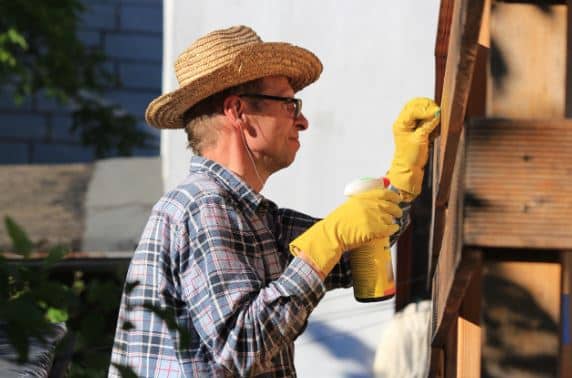 Choosing the Right Sealant: Select a sealant that is appropriate for your patio material. For example, a penetrating sealant is ideal for concrete patios as it offers protection without altering the appearance. For timber decks, a water-repellent sealant can prevent moisture damage and UV rays degradation.
Choosing the Right Sealant: Select a sealant that is appropriate for your patio material. For example, a penetrating sealant is ideal for concrete patios as it offers protection without altering the appearance. For timber decks, a water-repellent sealant can prevent moisture damage and UV rays degradation.
Application Tips: Apply sealant on a dry day when temperatures are moderate. Ensure the patio surface is clean and free of debris. Use a roller, brush, or sprayer for even application, and follow the manufacturer’s instructions regarding drying time and the need for multiple coats.
UV Protection: For areas exposed to high levels of sunlight, consider sealants with UV protectants to prevent fading and sun damage, especially important for wood and composite materials.
Reapplication Schedule: Regular maintenance includes resealing your patio every two to three years, depending on the material and the wear it experiences. High-traffic areas may require more frequent attention.
Sealant Testing: To check if resealing is needed, sprinkle water on the surface. If it soaks in, it’s time to reseal, but if it beads up, your sealant is still effective.
Preventing and Removing Stains from Your Patio
Spills and stains can happen, but they don’t have to become permanent fixtures. It can detract from the beauty of your patio but can often be prevented or removed with the right approach:
-
- Immediate Action: Address spills as soon as they happen to prevent them from setting and causing permanent stains. Blotting rather than wiping can prevent the spill from spreading.
- Natural Solutions for Stain Removal: For organic stains on concrete patios, a mixture of baking soda and water can be effective. Apply the paste, leave it for a few minutes, then scrub gently and rinse.
- Oil and Grease Stains: Use an absorbent such as cat litter on oil or grease stains as soon as they occur. Leave it to absorb the spill for a few hours before sweeping away. For residual stains, a degreaser designed for the specific patio material can be used.
- Rust Stains: Rust stains can be challenging but are treatable with a solution of lemon juice and salt for natural stone patios. Apply the mixture, let it sit for a few hours, then rinse thoroughly. Always test a small, inconspicuous area first to ensure no discoloration occurs.
- Mold and Mildew: For patios prone to moisture and shade, mold and mildew can be a problem. A solution of one part bleach to four parts water can remove these stains, but ensure the area is well-ventilated and plants are protected from runoff.
- Professional Cleaning Solutions: For stubborn or complex stains, consider professional cleaning products designed for your patio’s material. Always follow the instructions carefully to avoid damage.
- Protective Measures: Use patio furniture covers and place mats under plant pots to prevent rust and water stains. Regular cleaning and maintenance can also prevent the buildup of substances that can lead to staining.
Maintaining your patio doesn’t have to be a chore. With regular maintenance, the right cleaning methods, and protective measures, you can keep your patio looking great and functioning well for years to come. At Advanced Decking on the Gold Coast, we understand the importance of your outdoor living space and are dedicated to providing the expertise and services you need to enjoy it to the fullest. Whether you’re looking for maintenance tips or considering a new patio installation, we’re here to help. Share your thoughts and experiences in the comments below, or contact us for more information on enhancing your outdoor living space.
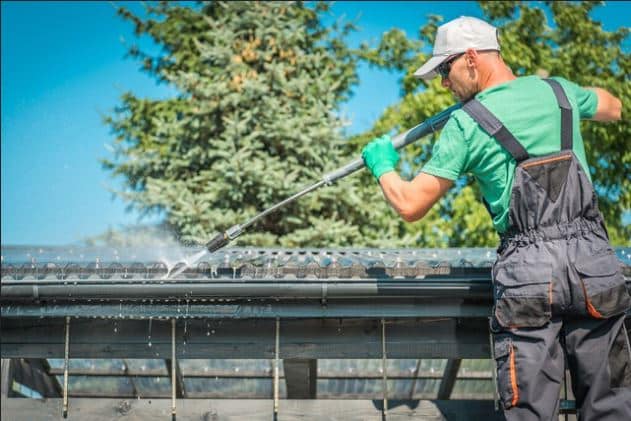
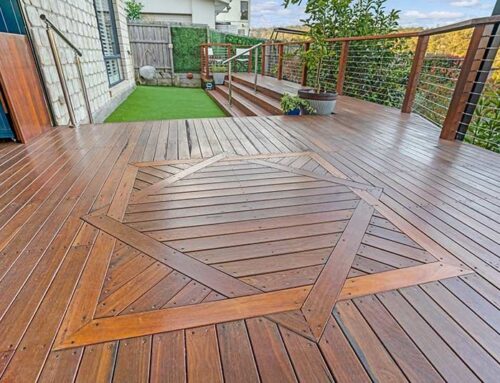
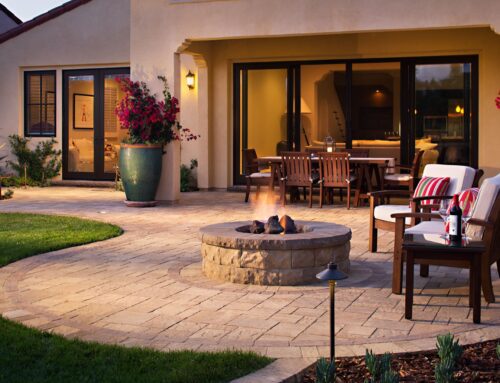
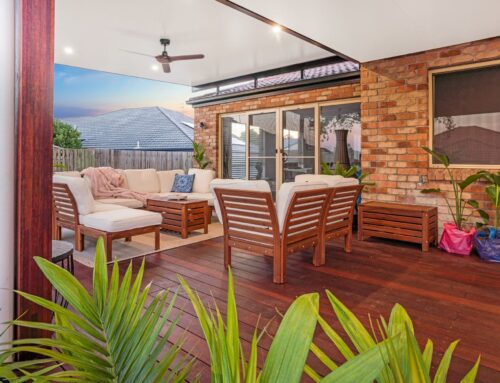

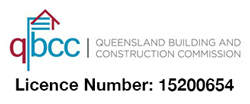

Leave A Comment